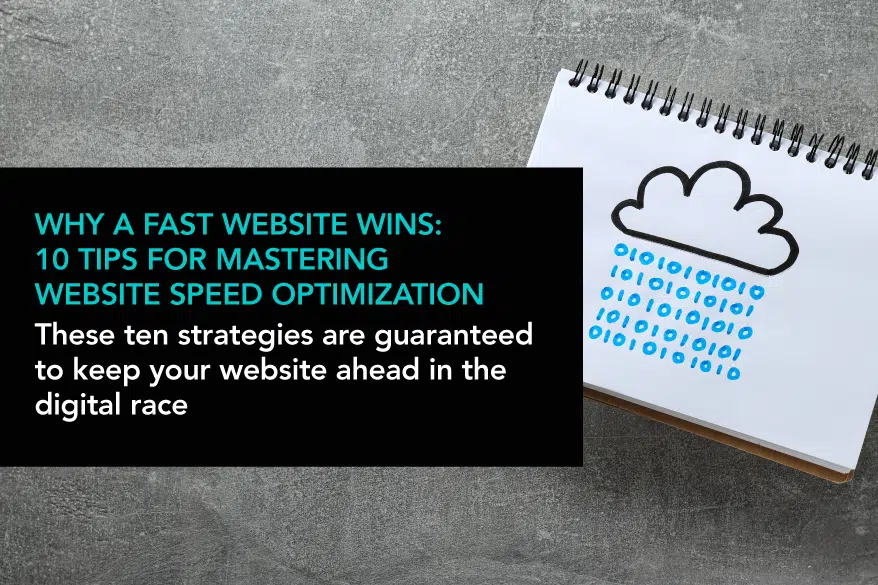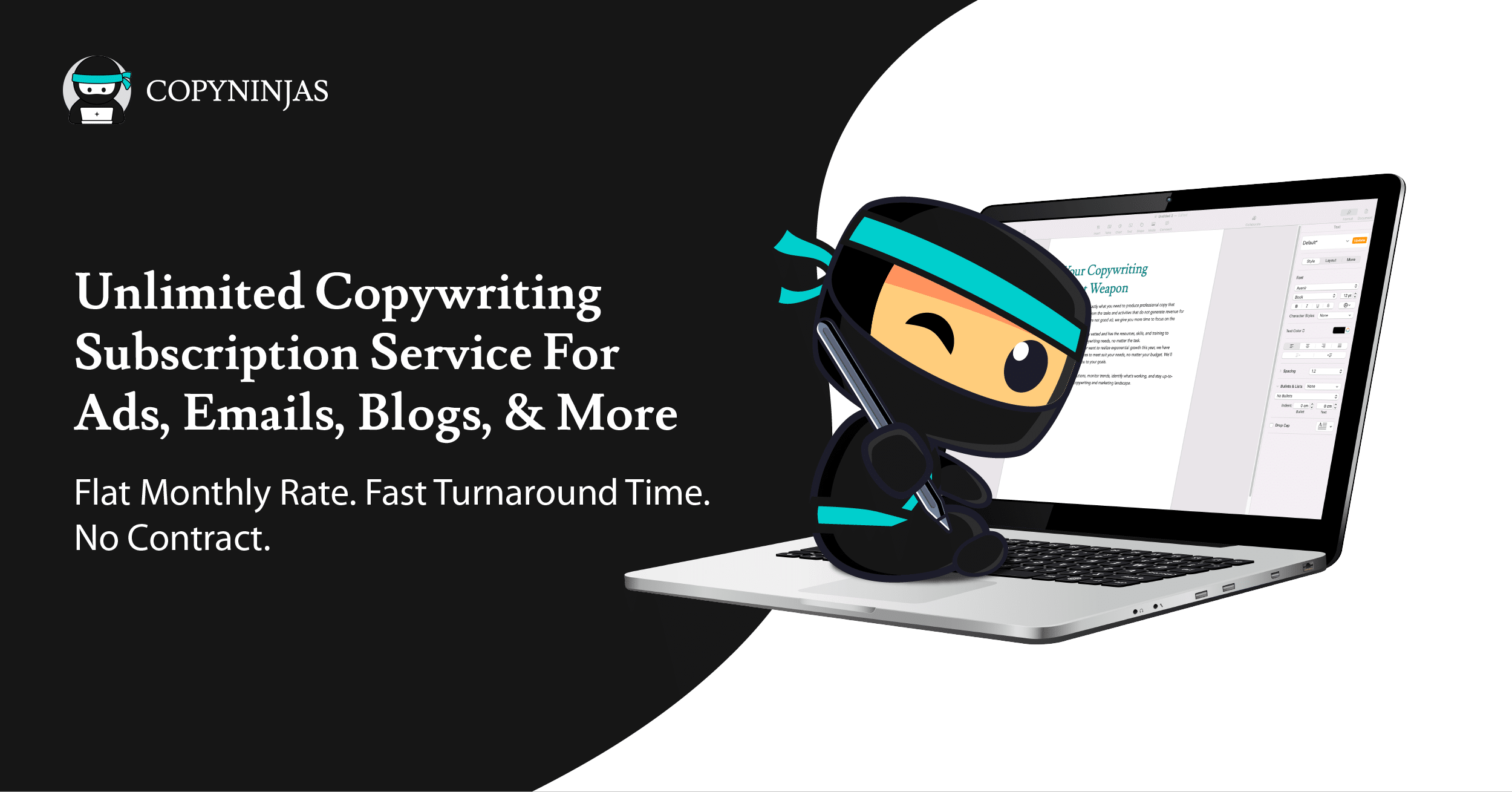These ten strategies are guaranteed to keep your website ahead in the digital race.
If you’ve ever experienced the frustration of waiting for a website to load, anxiously tapping your fingers, you’re in good company. Many people can relate to this feeling of impatience, and some might even decide to abandon the site altogether. This is precisely why business owners should make speed optimization a top priority. It has a significant impact on user experience, bounce rates, and SEO rankings, all of which play a critical role in your website’s success.
Why Speed Matters
When it comes to the fast-paced business world, time is of the essence. This principle also holds for website speed optimization. A fast-loading website enhances user experience and brings many tangible benefits that can boost your online presence.
Let’s delve a bit deeper to understand the specifics:
User Experience (UX) is King
We live in a time where convenience and accessibility are at our fingertips, which means ensuring a positive and seamless user experience on your website is paramount for success. A slow-loading website can frustrate users, leading to poor user experience. In fact, 53% of mobile users abandon sites that take longer than 3 seconds to load.
SEO Rankings
Google, considered the world’s largest search engine, deems website speed as a ranking factor. This means faster websites are more likely to rank higher in search results. If your site is slow, it could potentially lose out on organic traffic.
Conversion Rates
Lastly, speed impacts your bottom line. In fact, a one-second delay in page load time can lead to a 7% loss in conversions, which significantly impacts your site’s visibility and overall success.
According to a recent survey, pages that load in 2.4 seconds had a conversion rate of 1.9%, compared to 1.5% for pages that took 3.3 seconds. It might seem minor, but these small percentage differences can mean a significant amount of potential profit lost.
How to Improve Website Speed
If you haven’t already started optimizing your website for speed, it’s time to start. Here are ten proven strategies you can begin implementing right now:
1. Check Your Site Speed
Evaluate your site’s current speed with tools like Google’s PageSpeed Insights. It provides detailed reports on your website’s performance and offers suggestions for improving your page. Having your site audited narrows down the areas you should work on and gives a clear path for your optimization efforts.
2. Optimize Your Files
One of the surefire ways to improve web performance is to compress files, such as images, scripts, and stylesheets, sent from the server to the browser. Anything large and unoptimized can significantly slow down page loading times.
Several online tools, such as Tiny PNG and Compress Now, can help you reduce the size of your images without losing quality. Additionally, use tools such as Compress2go and YouCompress, for file compression to reduce the size of your CSS, HTML, and JavaScript files larger than 150 bytes. By reducing their size and bandwidth, you speed up the delivery and rendering of web content.
3. Use a Content Delivery Network (CDN)
A CDN helps to deliver your website’s content to your users faster. It does this by storing a cached version of your website on a network of servers worldwide. Just be careful, though, as some CDNs may not preserve user experience as efficiently as others. Always research and choose a reliable CDN that has a good reputation and fits your website’s needs and budget.
4. Leverage Browser Caching
Another smart way to speed up is with caching, which allows static files and recent web pages to be stored temporarily in web browsers. It dramatically speeds up load times for repeat visitors and reduces browsing costs because your site doesn’t have to download the same information every time that user visits.
5. Minimize HTTP Requests
Most of a web page’s load time is spent downloading different parts of the page, such as scripts, images, and stylesheets. Reducing the number of components on a page means you decrease the number of HTTP requests needed for it to load, thus improving site speed.
6. Reduce Redirects
Each time a page redirects to another page, your visitor faces additional time waiting for the HTTP request-response cycle to complete. To minimize redirects, create them only when absolutely necessary, such as when removing or moving pages.
7. Implement Accelerated Mobile Pages (AMP)
AMP is a Google-backed project designed to speed up content delivery on mobile devices. By using AMP, you can create mobile-optimized content once and have it load instantly everywhere. Think of it like a stripped-down version of HTML; it allows your pages to load and prerender in Google search more quickly due to a reduced amount of code.
8. Choose a Good Hosting Plan
The quality of your web host can have a significant impact on site speed. A cheap hosting plan may save you money, but it can also lead to slower site speeds and more frequent downtime. Opt for a hosting provider that guarantees good uptime, has good reviews, and offers the necessary resources to keep your site running smoothly.
9. Prioritize Above-The-Fold Content
Above-the-fold content is what a user sees first when they land on your page without having to scroll down. Optimizing this content to load first creates the perception of a faster-loading page. You can achieve this by using CSS to style your above-the-fold content and deferring larger files until needed.
10. Conduct Regular Site Audits
Regularly reviewing your site’s backend helps to keep it optimized for speed. These audits analyze the entire website to identify any areas for improvement and outdated or redundant elements slowing you down. Routinely updating the website’s code, plugins, themes, or other components will ensure the website runs as optimally as possible.
Conclusion
Boosting your website’s speed isn’t a one-and-done job; it’s an ongoing effort. As your site grows and evolves with new content and features, it’s crucial to monitor its performance and make necessary tweaks continually.
A faster website improves your search engine ranking and provides a better user experience, helping you get higher conversion rates. Safe to say, investing time and resources to optimize your site speed will definitely pay off in the long run.
Bogged down by the technical aspects of website optimization? Let our experts at Twlv20 take this burden off your hands with our comprehensive web application development and optimization services. When we’re done, your website will be fast, efficient, and primed to convert visitors into customers.
Contact us today to learn how we can make your website the quickest it can be.









